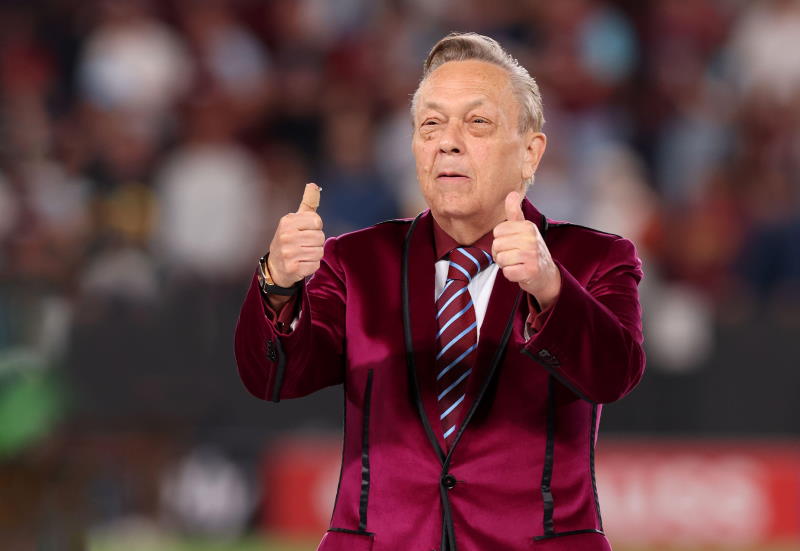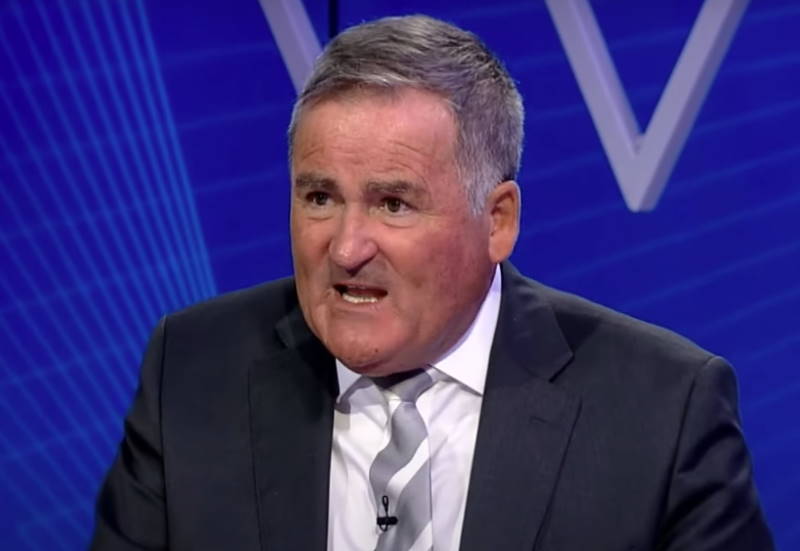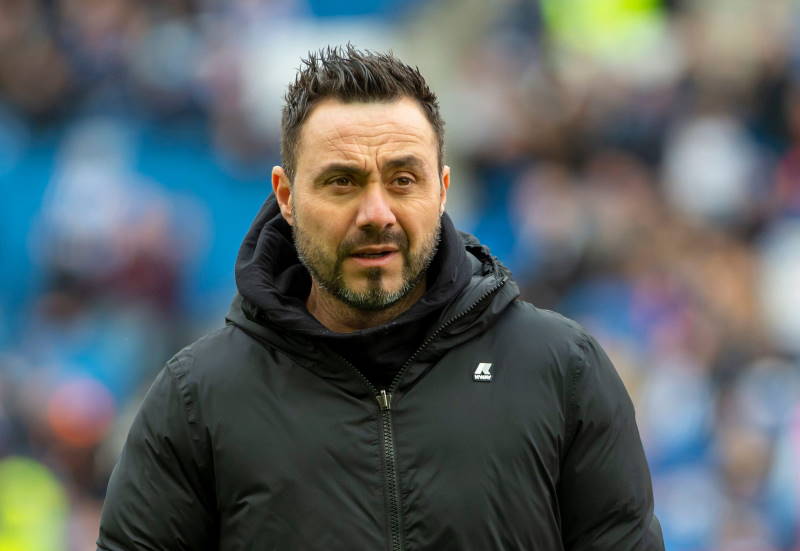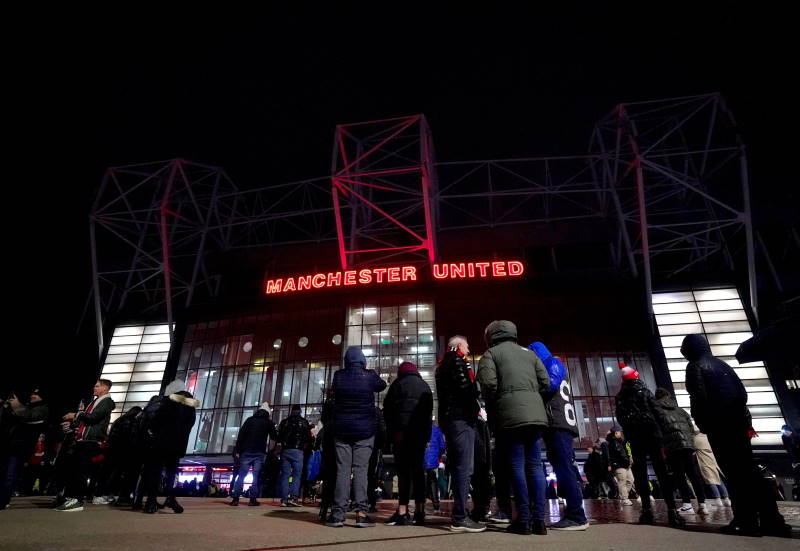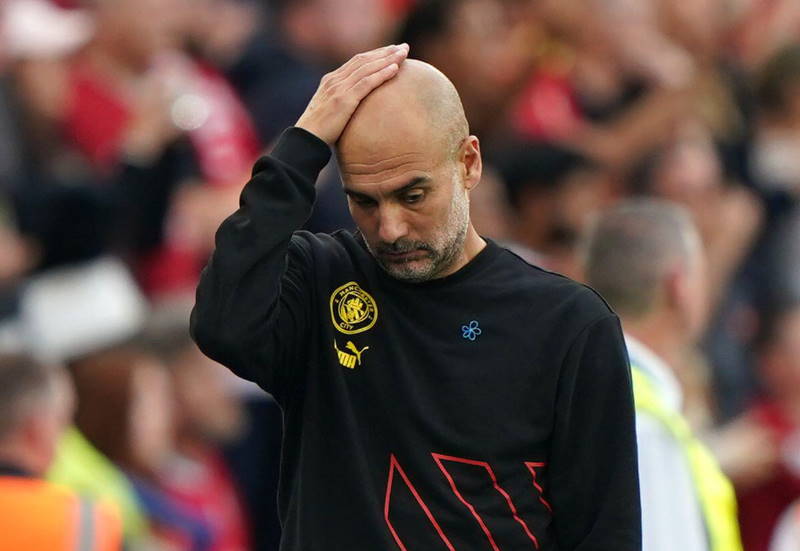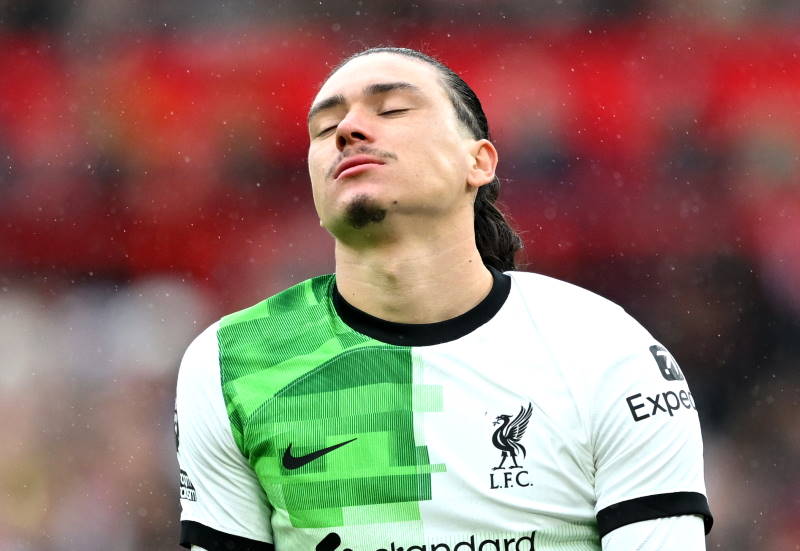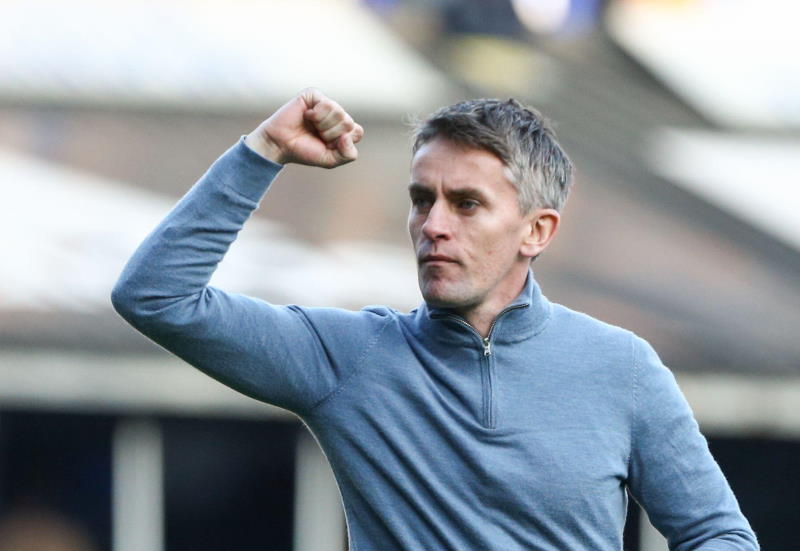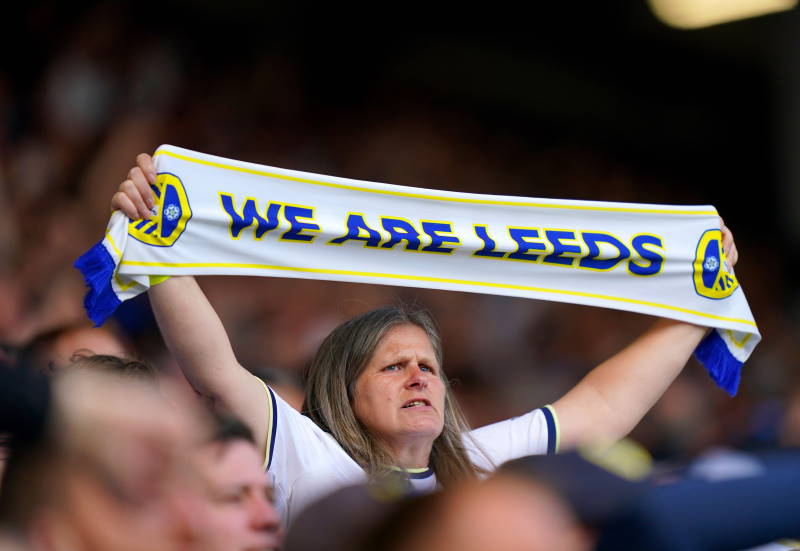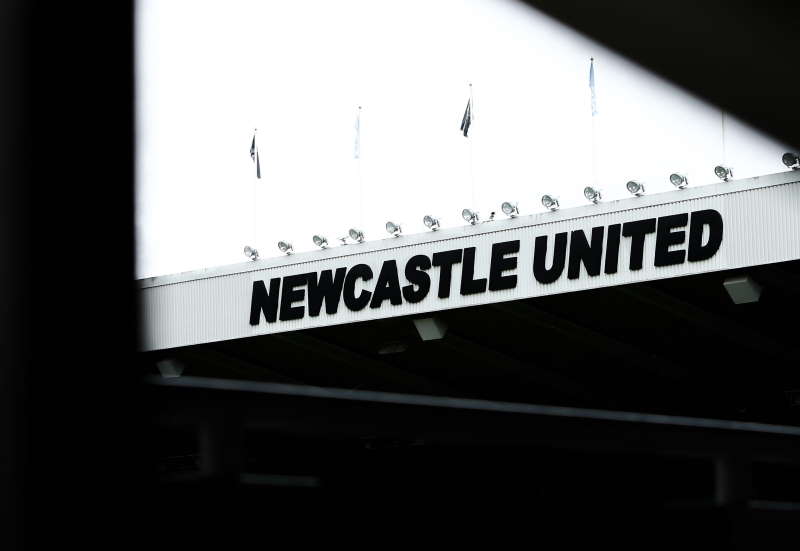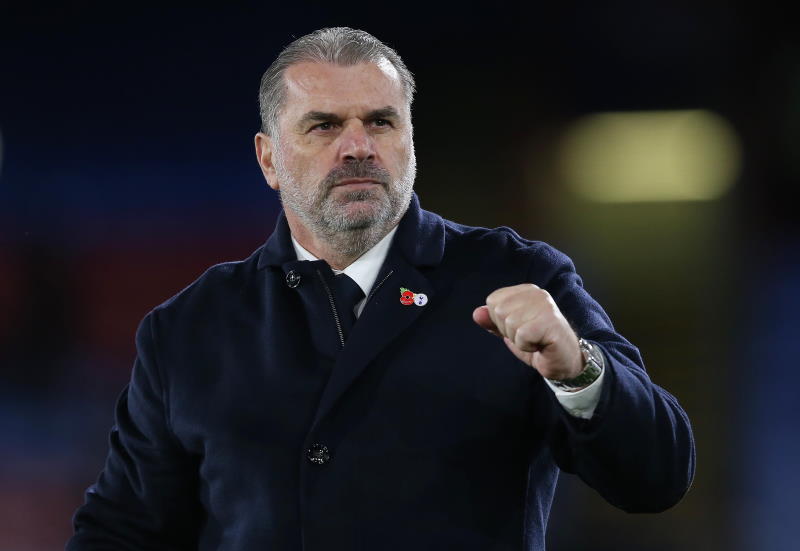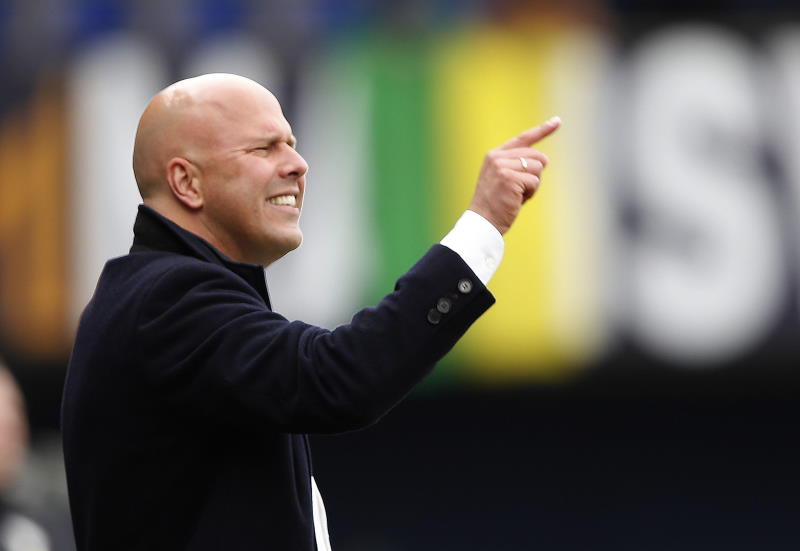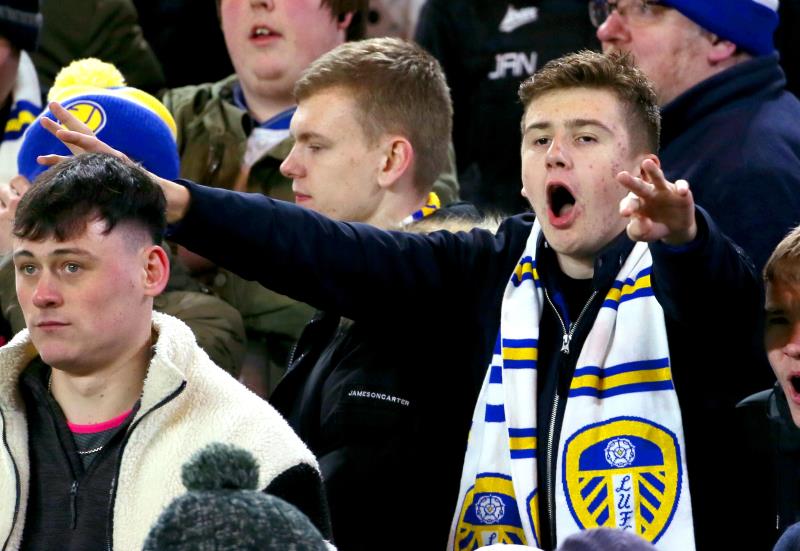
Put last season’s top scorers in Ligue 1 and Serie A together and the result is an intriguing tactical puzzle which Paris Saint-Germain coach Laurent Blanc must solve in the months ahead. The signing of Edinson Cavani from Napoli was PSG’s response to Monaco’s capture of Radamel Falcao. The question is, can the Uruguayan, who netted 29 times last season for Napoli, play with Zlatan Ibrahimovic, scorer of 33 goals in his debut Ligue 1 campaign?
It is one of football’s oft used cliches that two great players who are intelligent enough, can play together. That much seems to be true of these two modern superstars. But to play well together is one thing – to get the most out of both simultaneously is another. Cavani excelled at the tip of Napoli’s system under Walter Mazzarri, while Ibrahimovic produced his best for PSG just ahead of Ezequiel Lavezzi.
The obvious system for Ibrahimovic and Cavani is to play them together as a front two. PSG played a 4-4-2 for most of last season, and so on paper it would seem to fit together quite easily. What is more, Blanc would agree, with the former France coach commenting that “when you have two attackers called Ibrahimovic and Cavani, you play the two.”
But the problem is that Cavani is very different from his former team-mate Lavezzi, the second striker under Carlo Ancelotti at the Parc des Princes. Blanc could play him in that position, and instruct him to drop back and do the defensive tracking that Ibrahimovic is less inclined to concern himself with, and he would do it, such is Cavani’s work ethic. But to do this, Cavani’s best attributes could well end up negated entirely.
Take his performances for Uruguay. Cavani has scored 17 goals in 54 appearances. By contrast, team-mates Luis Suarez and Diego Forlan spent the recent Confederations Cup swapping positions as Uruguay’s all-time top scorer. Cavani has been part of their best team in decades, a side which reached the last four of the 2010 World Cup in South Africa and are the holders of the Copa America. All of which makes it bemusing how a nation of just three million inhabitants have done this while failing to get anywhere near the best out of one of the most feared forwards in world football.
It has happened because Cavani is not the focal point of the attack, as he is at Napoli. With Uruguay, he has played for the most part out wide in a front three, or on occasion as the left-sided midfield player in a 4-4-1-1. Forlan has until recently been the figurehead of the Uruguayan attack. Cavani is used in this way because he is a true team player – someone who is willing to sacrifice the conditions he needs to thrive in pursuit of a collective goal with his team. As such, for Uruguay he is often seen shuttling back to help when his team are defending. Once they get the ball, he is still deep and battling to get into an attacking position to influence the play. And Cavani, great player he may be, is no more effective than most other players in the first two thirds of the pitch. It is the final third where he comes alive.
Napoli have been a fantastic counter attacking team of recent years too – it is getting him the ball in space in threatening areas that brings out Cavani’s best form. Watching both Uruguay and the Napoli side of recent years shows the difference in Cavani’s position when his team win the ball back and start a counter-attack, and is hugely significant. And so if PSG want to make the most of their new big money recruit, they cannot ask him to fulfil a function which does not place him at the tip of their formation.
But then what to do with Ibrahimovic? Unlike Cavani, he won’t do the defensive tracking. At Barcelona he showed an unwillingness to adapt to a system in which the team were not built around him. In the end it forced him to leave after just a season at the Camp Nou – he could not understand why coach Pep Guardiola was not gearing the team up to suit his talents, even with Lionel Messi running rings around opponents.
To play Ibrahimovic anywhere other than at the tip of a team’s formation is to effectively say that the Swede has no place in the side. Can Blanc afford to place both in the team in a strike pairing and allow the pair to play the same role – to have two focal points in the attack? It is not impossible, but it would raise questions. In order not to be disjointed as a unit, it would mean that Blanc needs to assign a player to remain near enough to Ibrahimovic and Cavani to not leave them isolated when on the counter-attack.
The best suited player for that would be Lavezzi, or possibly fellow Argentine Javier Pastore. However, the follow on consequences of that move would mean that the team would become very narrow – two central midfield players are required at least to avoid being exposed to neat passing sides. A 3-4-1-2 would be the system which appears most likely to allow both forwards to feature in attack in their favoured roles. Marco Verratti’s wonderful passing from deep could be particularly effective. But this would involve a radical reorganisation of the team and would seemingly make full-backs Lucas Digne and Maxwell irrelevant.
Chelsea found when they bought Fernando Torres to accompany Didier Drogba that football is not as simple as assembling the best available eleven in the same formation. They have to fit a tactical system, without which success is improbable. And when a team have two big name centre forwards like Chelsea did, one inevitably ends up overshadowing the other. Out of Ibrahimovic and Cavani, it is easy to see which would become the Drogba and which the Torres of PSG. And if Cavani ends up being forced into the background, then just what was the point of spending €64.5m on him?
Like to bet on football? Pay Inside Bet a visit!

